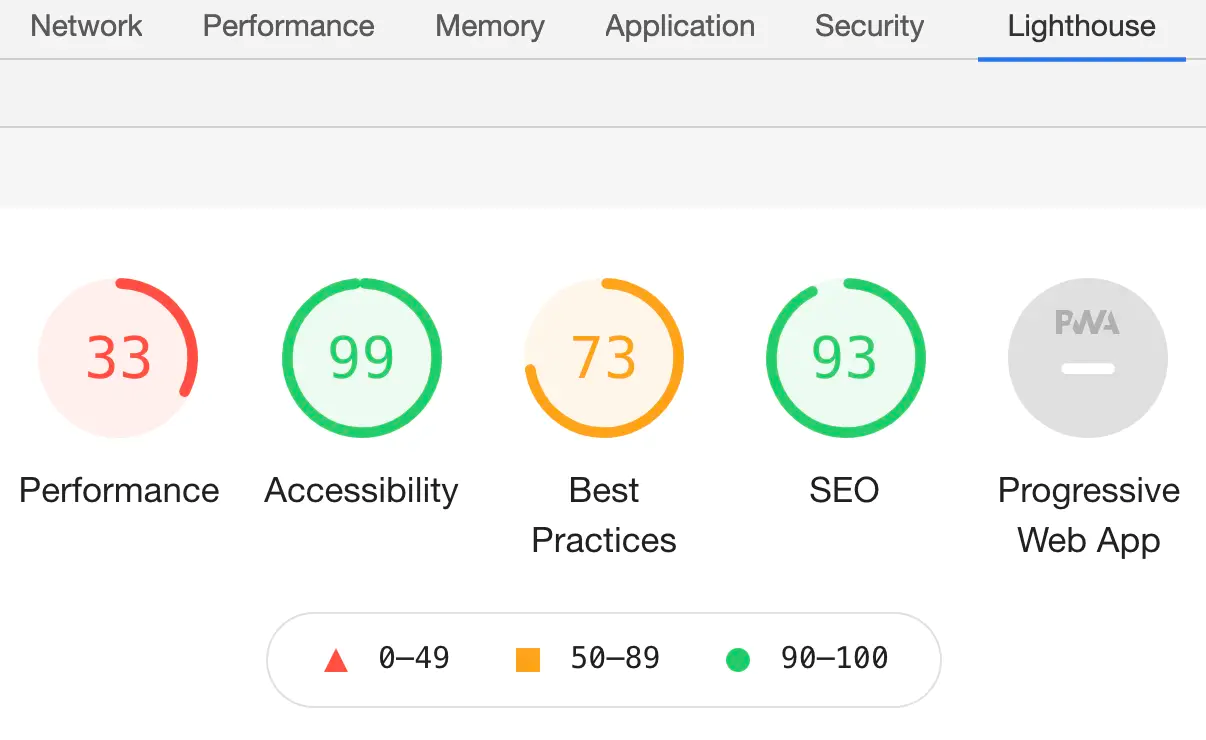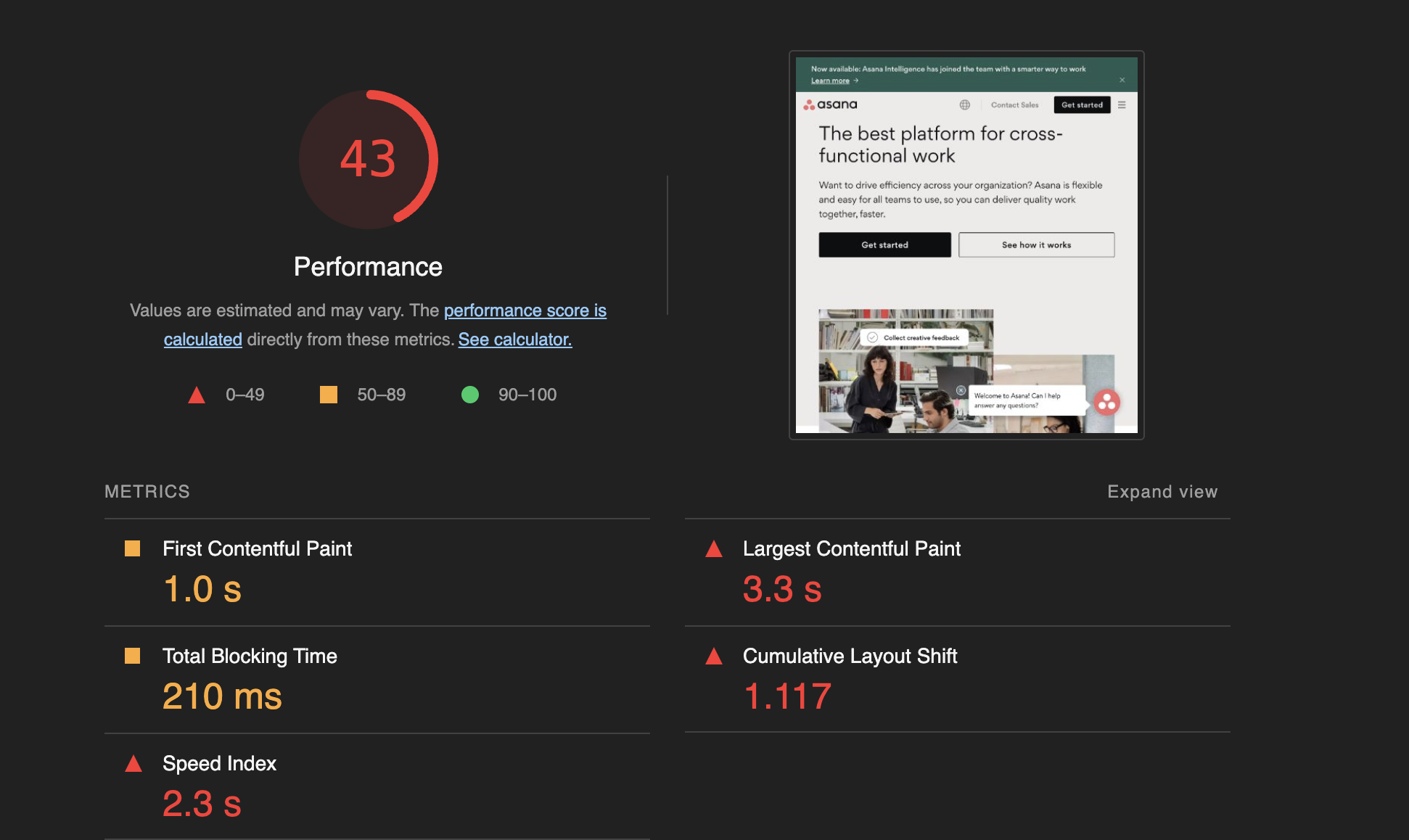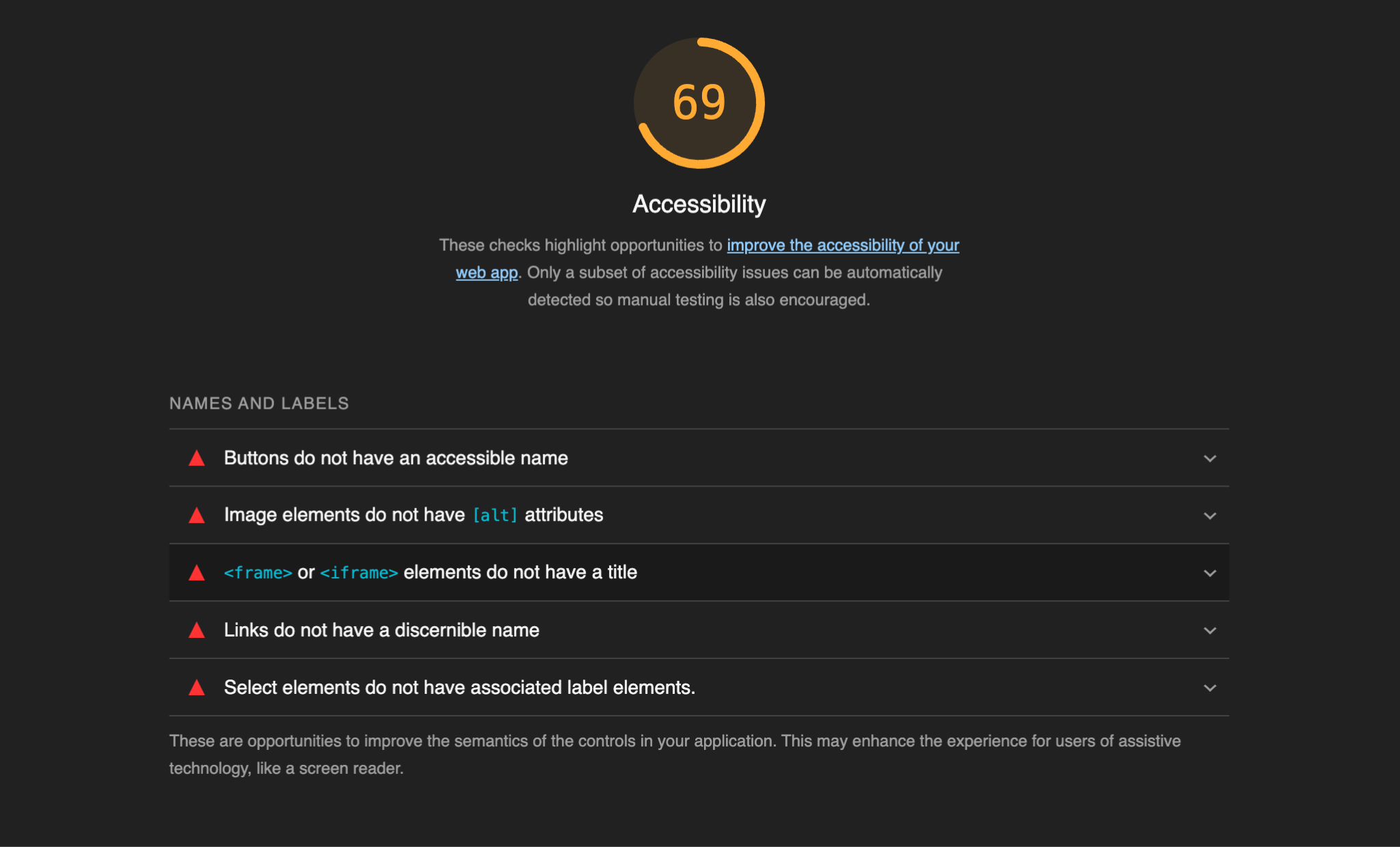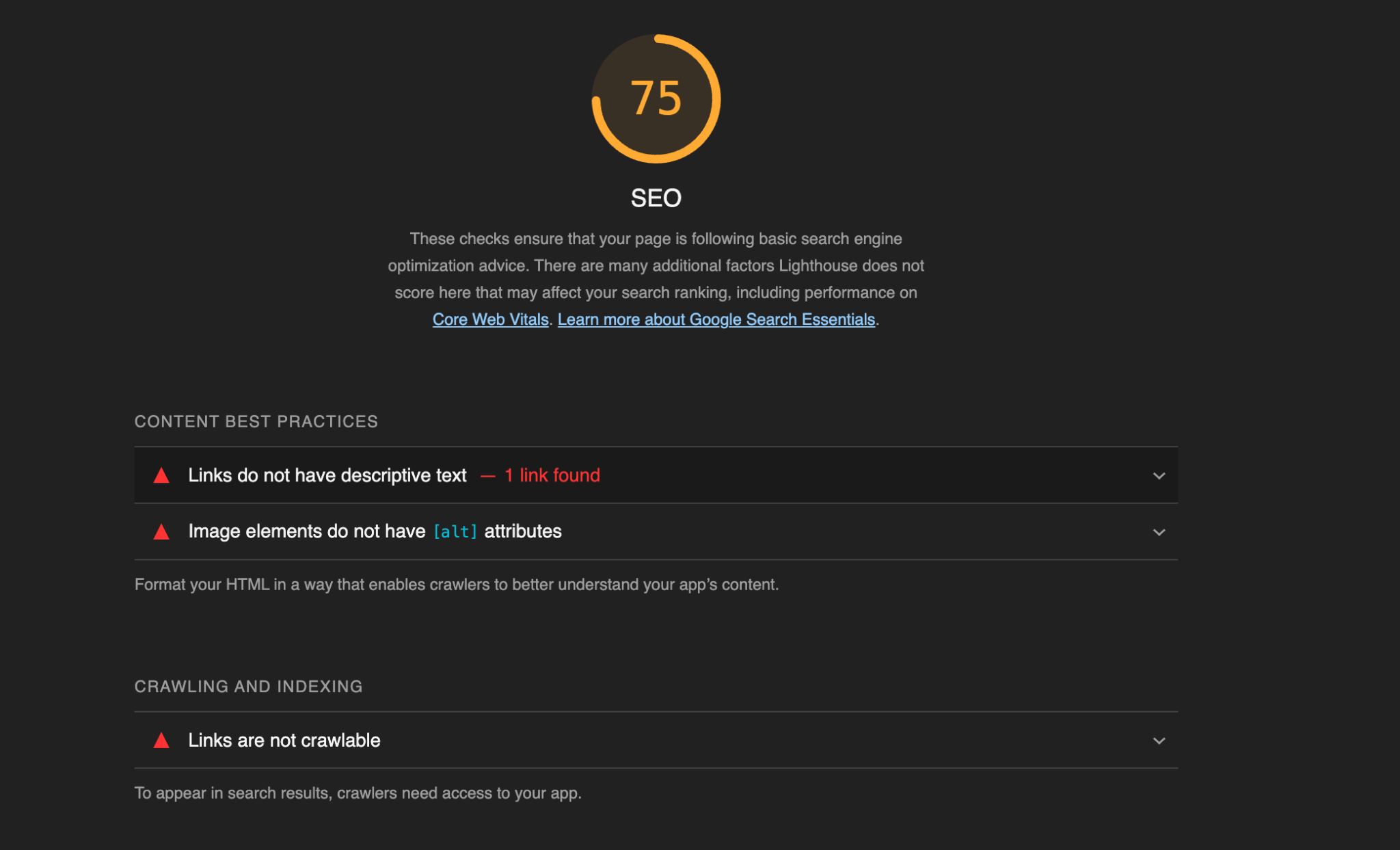Google Page Speed Lighthouse Score
Navigating the web today, we often judge websites by their speed and responsiveness. In this context, the Google Page Speed Lighthouse Score emerges as a crucial metric, functioning much like a fitness tracker for websites, gauging their health and vitality regarding speed.
What is Google Page Speed Lighthouse Score?
Imagine a digital report card for your website, assessing its speed and presenting a score. That's the essence of the Google Page Speed Lighthouse Score. Rooted in Google's Lighthouse tool, this score evaluates the efficiency with which a page loads and interacts, offering critical insights to developers and website owners.
Significance of Page Speed
A website's loading time isn't just about user impatience. Slow-loading sites can deter potential customers, diminish the user experience, and negatively impact search engine rankings.
Steps to Conduct a Lighthouse Scoring
- Open Google Chrome: Lighthouse is built into the Chrome browser, making it easily accessible without additional installations.
- Navigate to the Website: Enter the website URL you want to audit in the Chrome address bar.
- Open Developer Tools: Right-click anywhere on the page and select 'Inspect,' or you can use the shortcut Ctrl + Shift + I (Windows/Linux) or Cmd + Option + I (Mac).
- Locate Lighthouse Tab: In the Developer Tools panel, find the "Lighthouse" tab. If it's not visible, you might need to expand the tabs by clicking on the '>>' icon.
- Configure Your Audit: Lighthouse can tailor your audit based on device type (Mobile or Desktop) and the reports you want (Performance, Accessibility, Best Practices, SEO, etc.). Select your preferences.
- Start the Audit: Click the "Generate report" button. Lighthouse will then simulate a user accessing your website, evaluating various parameters.
- Review the Scores: Once the audit is complete, Lighthouse will present you with scores for each category alongside actionable recommendations for improvement.
Note: Save your scores and suggestions. Over time, after making recommended changes, re-run the Lighthouse audit to measure improvements and ensure consistent optimization. Lighthouse's scores can vary slightly between runs due to various factors, such as server response times or third-party content load times. It's recommended to run the test multiple times and consider an average score for a more accurate assessment.

Understanding Google Page Speed Lighthouse Scoring
Upon running a check with Lighthouse, a website is analyzed across various metrics, with page speed being a primary one. The score ranges from 0 to 100, with higher scores indicating better performance. Factors such as the time taken for the largest contentful paint, time to interact, and cumulative layout shift, among others, are considered.
Each category in the Lighthouse report offers a score between 0 and 100. These scores are color-coded:
- Green (90-100): This range indicates optimal performance and is the target zone.
- Orange (50-89): Represents areas requiring improvements but aren't critically flawed.
- Red (0-49): Highlights critical areas that need immediate attention and optimization.

Breaking Down the Parameters in Google Page Speed Lighthouse Scoring
1. Performance
This metric analyses how quickly the content of a page is visually populated and becomes interactive for users.
- First Contentful Paint (FCP): Measures the time taken for the first piece of content to render.
- Largest Contentful Paint (LCP): Gauges when the main content of the page finishes rendering.
- Time to Interactive (TTI): Reflects the time taken for the page to become fully interactive.
- Cumulative Layout Shift (CLS): Assesses unexpected shifts in page layout - a lower score indicates fewer shifts.

2. Accessibility
Accessibility ensures everyone, including those with disabilities, can easily navigate and interact with the website.
- Image Alt Attributes: Checks if images have alternate text for screen readers.
- Color Contrast: Ensures text colors contrast well with background colors for readability.
- Accessible Forms: Validates if forms can be easily navigated using a keyboard or screen reader.

3. Best Practices
This category reviews various modern web development best practices.
- HTTPS Usage: Confirms secure data transmission through SSL certificates.
- Safe Browsing: Detects any unsafe links or potential threats.
- Use of Modern Technologies: Assesses use of up-to-date JavaScript, CSS practices, etc.

4. SEO
Search Engine Optimization (SEO) ensures the website is optimized for search engine visibility.
- Title Tags and Meta Descriptions: Ensures relevant metadata is present.
- Mobile-Friendly: Checks if the website is responsive and works well on mobile devices.
- Link Structure: Reviews internal links, canonical URLs, and crawlable paths.

Do's and Don'ts in Optimizing for a Better Score
✅ Do's:- Embrace Compression: Use GZIP or Brotli to reduce file sizes.
- Prioritize Content: Load important content first.
- Use Caching: Reduce server load by leveraging browser caching.
- Overload with Plugins: Avoid unnecessary or outdated plugins that slow down your site.
- Ignore Mobile: Ensure your site is responsive and mobile-optimized.
- Skimp on Hosting: Poor server performance leads to slow load times.
Conclusion
The Google Page Speed Lighthouse Score is more than just a number. It reflects a website's health in the competitive digital landscape, directly impacting user experience and SEO rankings. By understanding and optimizing for this score, one can pave the way for a faster, more efficient, and user-friendly website.
FAQs
The Lighthouse Score, specifically the Page Speed component, assesses how swiftly a page loads and becomes interactive. A higher score signifies better performance.
Regular checks, especially post significant website updates, can help in maintaining optimal performance. Monthly or quarterly assessments are recommended.
Optimizing images, leveraging browser caching, reducing server response times, and minimizing redirects are among the strategies to enhance the score.
Lighthouse score in SEO refers to a specific metric within Google's Lighthouse tool that evaluates the search engine optimization (SEO) health of a webpage. It assesses various on-page elements to determine how well a site is optimized for search engines, ensuring that it can be easily found, crawled, and indexed.
The Lighthouse score is calculated based on a weighted average of various performance metrics, each contributing differently to the final score. These metrics include First Contentful Paint, Speed Index, Time to Interactive, and more. In addition to performance, Lighthouse scores other categories like SEO, Accessibility, and Best Practices, each with its own criteria. The combined results from these evaluations give a comprehensive score out of 100 for a webpage.
